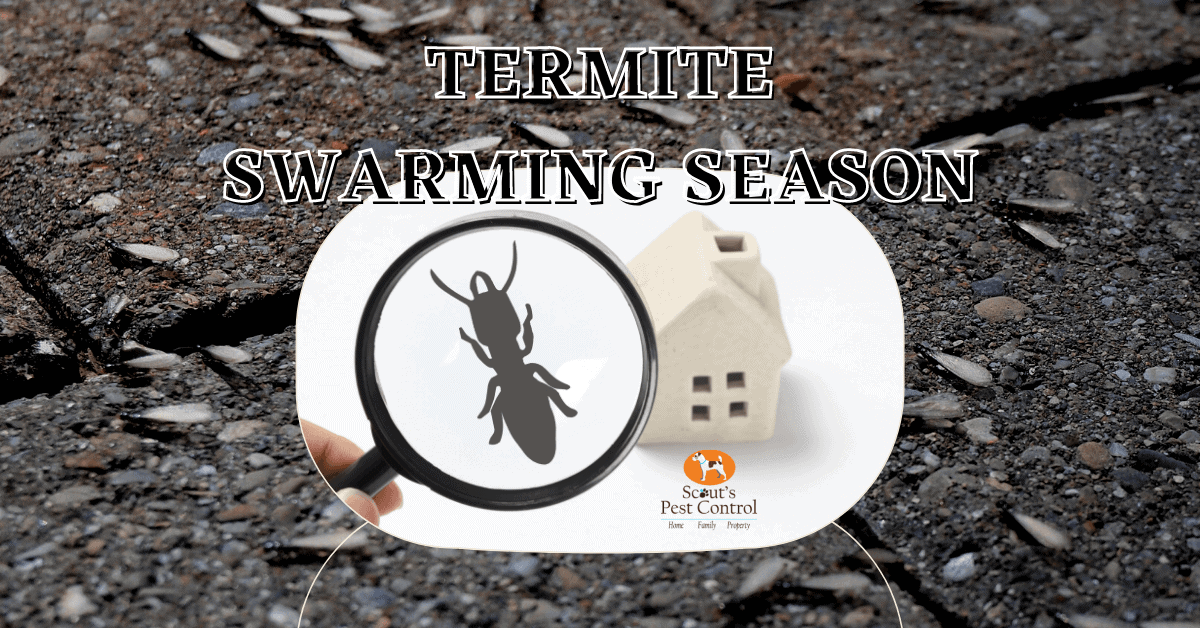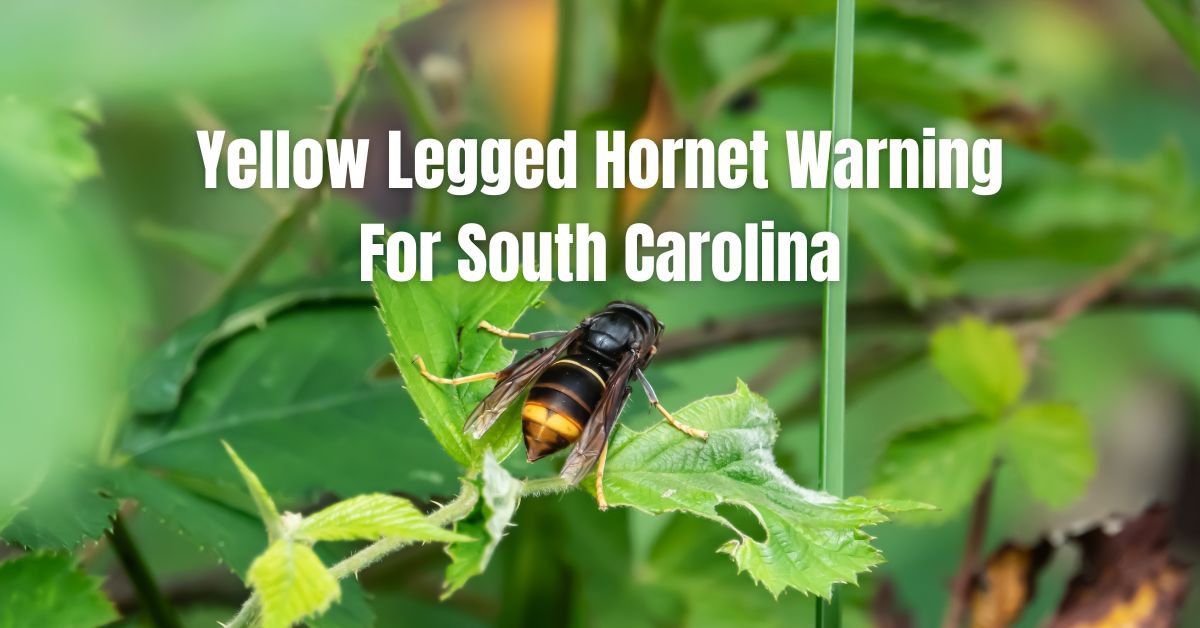There’s a time for Termite Swarming Season. As social creatures, termites live in colonies that could range from a few thousand (usually the case with drywood termites) to a million or even more (the case with subterranean termites). All types of termites thrive in warm and humid conditions – which become a backdrop for termite swarms.
Subterranean termites by far outdo other termites in terms of numbers as well as damage potential – in the USA, subterranean termites account for nearly 95% of all termite damage to wooden members.

Since a queen termite may lay hundreds or even thousands of eggs every year, the size of the colony balloons rapidly. Termites solve the need for additional space by creating new colonies. A termite swarm occurs when termites search for a new home. Swarming termites, or alates, move out of their existing nest inside your home, squeezing through cracks in the foundation and walls. As alates seek to reach open air, they are attracted to light – which is why swarms are often spotted near windows and other sources of light.
There are two conditions for a termite swarm to begin.

First, the existing colony must be mature enough. A subterranean termite colony will usually not produce a swarm until the colony is at least three years old. This is partly associated with the behavior of the queen termite, who permits nymph alate queens only when the colony has become large and old enough to fork off.
Second, the weather conditions must be right.
We shall first focus on the process of swarming, which remains pretty much the same across all types of termite.
When the conditions are right, the swarm gets ready for take off. Launches last a few days a few days, typically following the pattern of a large release the first day, followed by smaller ones on the days that follow.
As a first step prior to D-Day, alates develop into winged creatures. They then fly out of the original colony, pairing up with a mate as they establish a location to start a new colony. Finally, after they drop off their wings, the pair will mate and form a new royal couple.
The female alate in each of these new alliances becomes the queen of her own, new colony. Repeatedly mating with the king termite, she then lays her own eggs to breed the colony’s worker termites. Some of the newborn termites develop as soldiers, whose primary task is to defend the queen. Secondarily they defend other members (workers) of the colony. Worker and soldier termites are sexually immature males and females.
1) Subterranean termites
Subterranean termite colonies are large, in the range of a million member termites.
Over her lifetime, the queen termite could lay upwards of a million eggs. A few other female termites (secondary reproductives) in a colony may also lay eggs, though the primary queen is the main actress as long as she lives. It is not until after the queen dies that one of the secondary reproductives may take on the mantle of queen.
Subterranean termite swarming happens as the weather gets warm and – often although not always – after a spell of rain which laces the air with higher moisture content. Spring and summer thus become the ideal seasons for subterranean termite swarms to break out. In the eastern half of the USA, the major species of subterranean termites typically swarm about a month apart. Eastern subterranean termites (‘Reticulitermes falvipes’) tend to swarm in April, while the dark Southern subterranean termites (‘Reticulitermes virginicus’) get going in May. Formosan subterranean termites (‘Coptotermes formosanus’) found in southern areas of the United States swarm late May through June.
One exceptional species is the light Southern subterranean termites (‘Reticulitermes hageni’), which prefers to swarm in the fall. Swarms of this species extend from August (along the eastern seaboard) to November (in the southernmost regions of the US).
Subterranean termites prefer to swarm during the daytime.
2) Drywood termites
Drywood termite colonies are much smaller than subterranean termite colonies, with just 2000-3000 member termites. Drywood termite swarms are correspondingly much smaller too – typically a few dozen and no more than a hundred swarmers. Because the swarm size is small, you may not notice any signs of a drywood termite infestation in your home. With a careful eye though, you may spot the wings cast-off by drywood termites just after a swarm. The best place to look for such signs is at or near window sills.
Termite Swarming Season Evening Time
Drywood termites tend to swarm late in the summer and during fall months (August through November), and prefer to swarm during evenings.
Termite Swarming Season In A Nut Shell!
Even though there seems to be optimum times for termite swarming, the reality is that we have to be on guard as mother nature does not go by our clocks. In fact, conditions can change dramatically and termites may swarm early or late. Keeping an idea on what we know to be the right times can also give us enough information to allow for extra time before or after expectations. In short, be on guard for termite swarmer’s summer and fall.
Join now to be alerted to our new articles.




